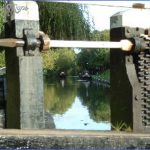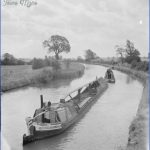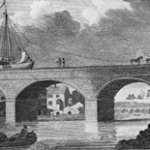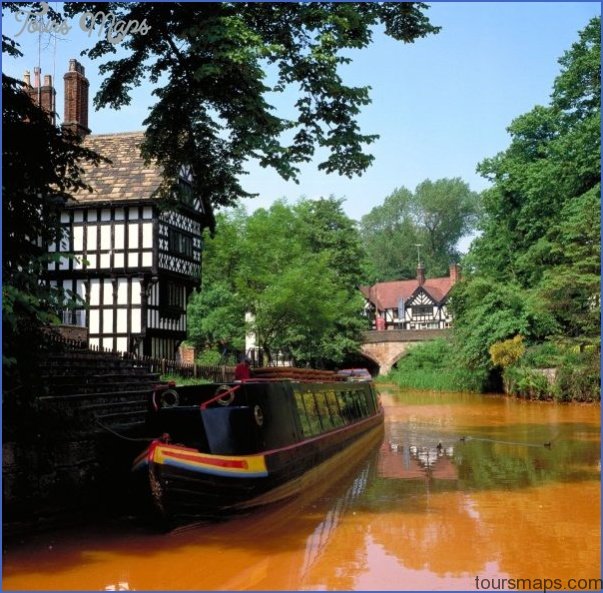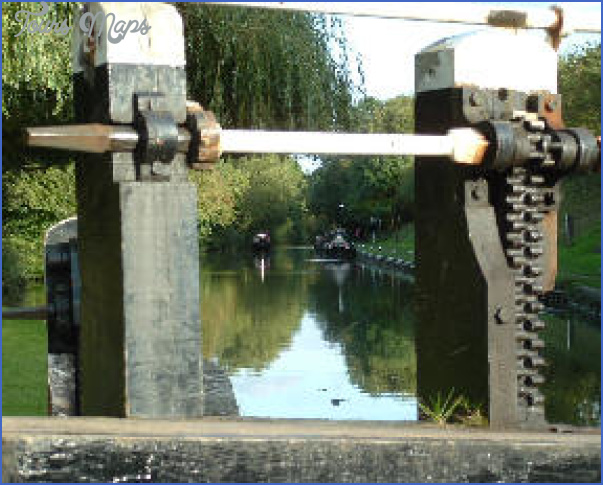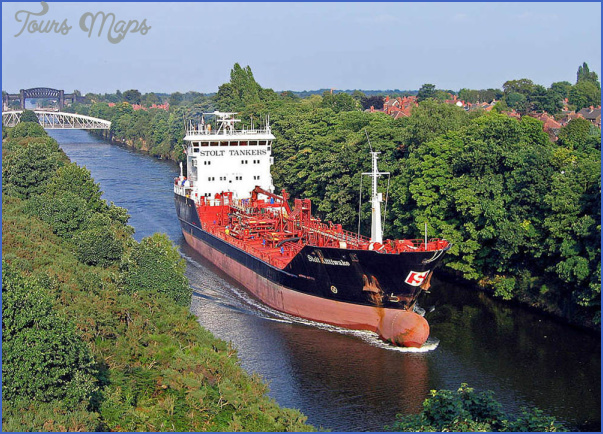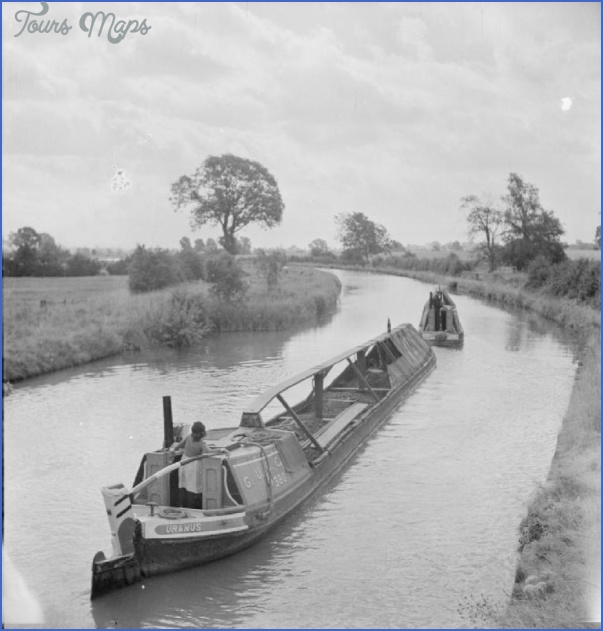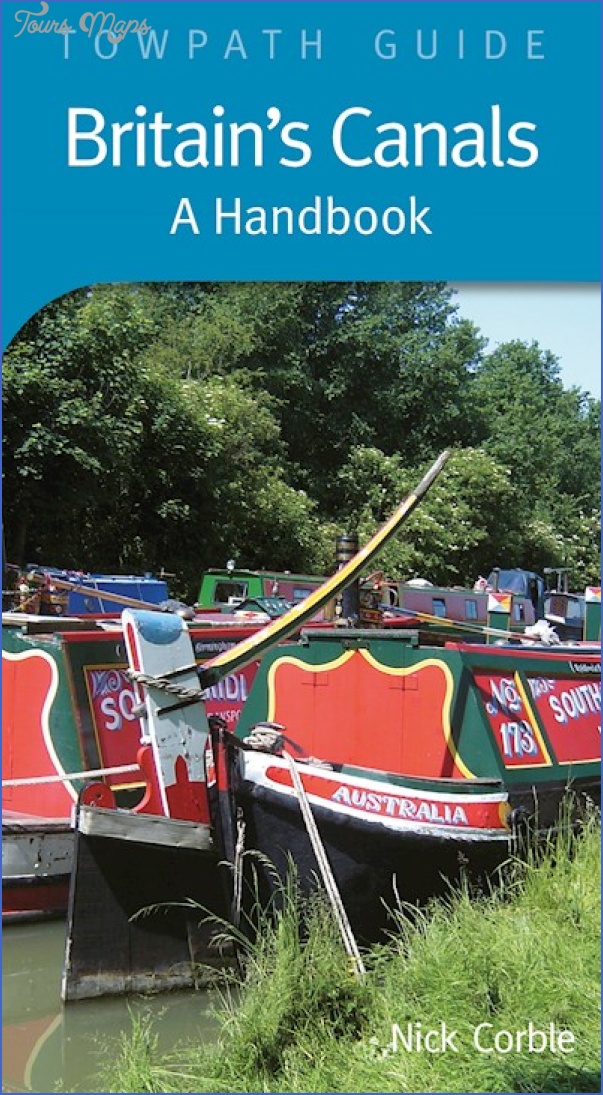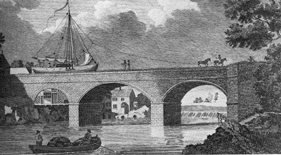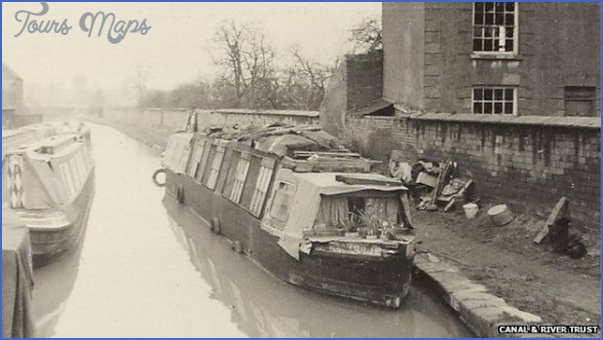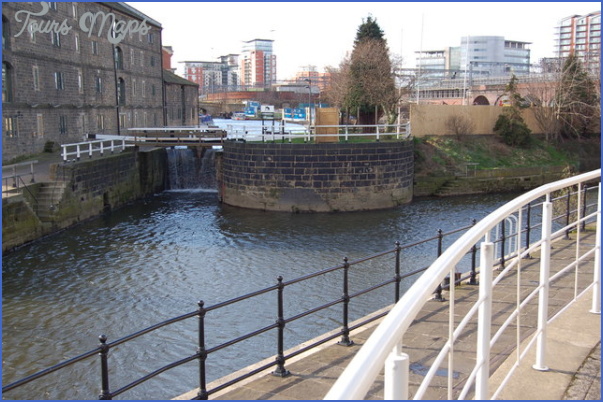Walking along a sunny towpath, it is easy to forget that the rise of Britain’s vast canal network was nothing to do with leisure, but has its roots in heavy industry. It takes us to an age of hardship when trains and modern highways were not even a pipe dream. The transportation of goods and materials across the nation demanded a better solution than the muddy, rutted roads in existence.
To industrial tycoons, man-made waterways made perfect sense. They allowed greater loads to be carried in a smoother, more reliable manner. Perhaps not surprisingly, the potteries of the Midlands were among the keenest early advocates of a system far less prone to smashing up their wares. Man-made alterations and extensions to existing waterways can be charted right back many centuries, but ‘canal fever’ only really exploded in the 18th century. In a frenzy of new schemes, everything from textiles to tobacco began to be shifted by horse-drawn barges, with the new waterways forming the very arteries of British prosperity.
A Brief History of BRITAIN’S CANALS Photo Gallery
Navvies dug and drank like it was going out of fashion; whole networks of canals sprang up; towns grew and chimneys belched with the smoke of an increased fuel supply. The moneymen rubbed their hands as the waters teemed with commerce. Better still, in the quieter moments amidst the din of industry, the nation’s anglers discovered that fish from neighbouring waterways were quick to colonise these channels. Moreover, they brought the gentle art of fishing closer to home for countless citizens. Sunday afternoons would never be the same again.
Dawn of the Navvies
Long before any mechanical digging machinery, canals were dug by hand. This was the role of the ‘navvy’ (short for ‘navigator’), a term for those working to create navigable waterways. These rugged men, often migrant workers from Ireland, travelled in gangs looking for work. It was backbreaking, dangerous labour. Come rain or snow, they could be seen attacking projects with picks and shovels or even gunpowder, using horses and wheelbarrows to take away tons of stone and earth.
A little like modern carp anglers, they would camp by the sides of a canal in all the seasons. They were the toughest of the tough, with calloused hands, weather-beaten faces and even the odd missing limb. On occasion, canal banks would collapse and navvies would be crushed to death or buried alive. They also had a reputation for recklessness and when the working day was done, they loved nothing more than a spot of drinking, whoring and fighting.
Narrowboats became family homes, as well as conveyors of goods.
The slang term ‘Cut’ (literally referring to a newly-cut channel) comes from the days of the navvy. Each new digging was then lined with wet clay known as ‘puddle’. To make it watertight, navvies would pack down the clay with their own feet, or even by driving sheep or cattle along the canal.
Literally hundreds of thousands of navvies were responsible for Britain’s canals. The Manchester Ship Canal alone, one of the last to be dug, required 16,000 of these hardy souls. It seems hard to imagine today, but many of our most tranquil waters were founded on the blood, sweat and hard graft of these men. Even a half-mile section of canal required huge amounts of labour. You wouldn’t have wanted to argue with one, nor pick up his bar tab, but we owe a huge debt to the navvies.
Rise and Fall
The period between 1770-1840 is regarded as the ‘Golden Age’ of canals for good reason. The technological advancement of the nation was studded with phenomenal works of ingenuity such as aqueducts and sophisticated lock systems. Things were looking good, and not only did the new waterways drive huge industrial progress, they changed the lives of thousands of water-users. An unprecedented number of workers and their families began to live on boats and waterside dwellings, creating whole new communities. Canals became not simply a means to an end, but a deeply significant part of the British landscape.
Maybe You Like Them Too
- Top 10 Islands You Can Buy
- Top 10 Underrated Asian Cities 2023
- Top 10 Reasons Upsizing Will Be a Huge Travel Trend
- Top 10 Scuba Diving Destinations
- World’s 10 Best Places To Visit


